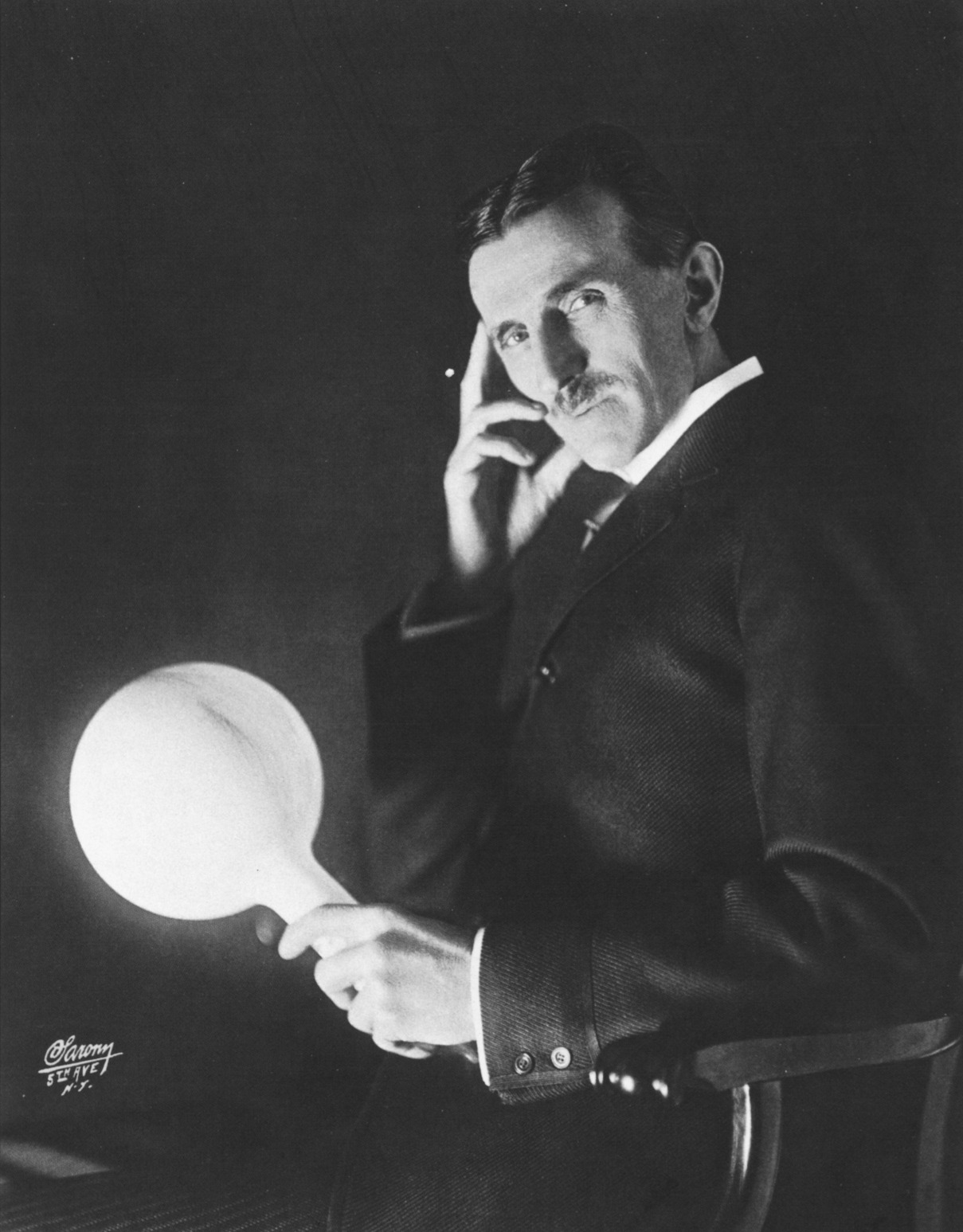
Look up! Could the answer to energy be rising right before our eyes?
Peter Glaser filed the first patent. NASA began the project. Ali Hajimiri demonstrated proof of concept. In one year, this new source of power could produce the same amount of energy as all oil extracted on Earth.

Solar power is leading the renewable energy revolution. But panels take up land, and are only working half of each day, at best. Why not collect solar energy in space – where the sun always shines – and beam it to Earth? It is technically possible, and could offer infinite energy with no carbon emissions reaching virtually everywhere and everyone.

Peter Glaser, in 1973, combined wireless power technology pioneered in 1893 by Nikola Tesla with space competencies demonstrated by the 1969 first human lunar landing. Glaser filed the world’s first patent application for orbiting satellites to collect solar energy and beam it, wirelessly, back to power the entire Earth. Recent advances are now leading to active projects.

Achieving 360 degrees steadily is a milestone reached in a recent demonstration by Space Solar showing space-based wireless power transmission with CASSIOPeiA could achieve 360 degrees in coverage. The plan would be to launch the solar plant to 22,000 miles (36,000 kilometers) above earth in geostationary orbit. It would be assembled in space by robots.
China has announced a solar array as part of its space mission. Some see it as the next step in the massive macro engineering achievements like Three Gorges Dam that has twenty times the generating capacity of the US Hoover Dam. One scientist from the Chinese Academy of Engineering (CAE) said: “It is like relocating Three Gorges Dam to space.” Another comparison? The South China Morning Post called it a “Manhattan Project in space.”The Manhattan Project started with a letter and a train ride. Space Solar will begin with the Long March-9 (CZ-9), a reusable rocket with lift capacity of a blue whale.

Japan is advancing in space solar power. Japan Space Systems built a model mini power plant weighing 400 pounds (180 kilograms) to test wireless power transmission from low earth orbit (LEO) of 250 miles (400 kilometers). The Needham question is answered.
Concerns remain. Glaser met with doubts about microwaves affecting health; a generation of satellites, cellphones, and household appliances may provide data. Military weaponization is another worry; nations and states are already establishing military programs. On an operational level, questions about distribution, governance, and management of a global utility are practical issues with profound implications. Would a macro central power supply like that envisioned by Bauer and Costello (1949) or China’s GEI (more recently) be examples? Or perhaps Euratom? If you were to organize a global energy network, how would you mobilize the organization?
Solar power has demonstrated its effectiveness but on land, it will always plagued by intermittency. To meet the gap, co-dependent technologies of battery and other forms of storage are developed. And to develop those, mining for minerals is the first step in a long production line. Space solar power bypasses all the intermittency and storage headaches: it is infinite and continuous. Oh, and free.
Bauer, John and Peter Costello. Public Organization of Electric Power: Conditions, Policies, and Program. New York: Harper, 1949.
Eckstein, Gabriel. “Who Owns the Heat?” December 2024. https://papers.ssrn.com/sol3/papers.cfm?abstract_id=5066007
Frederickson, Emma. “China Is Building a Solar Station in Space That Could Generate Practically Endless Power.” 12 March 2025. Popular Mechanics. https://www.popularmechanics.com/science/energy/a64147503/china-solar-station-space/
Glaser, Peter E., Frank P. Davidson, Katinka I. Csigi. Solar Power Satellites: A Space Energy System for Earth. Chichester: Wiley/Praxis, 1998. ISBN: 047196817X.
Litwin, George H., John J. Bray, K. Lusk Brooke. Mobilizing the Organization London: Prentice Hall, 1996. ISBN: 0131488910
Pultarova, Tereza.”Japanese satellite will beam solar power to Earth in 2025.” 19 April 2025. Space. https://www.space.com/japan-space-based-solar-power-demonstration-2025
Pultarova, Tereza. “Space-based solar power may be one step closer to reality, thanks to this key test (video)” 15 April 2024. Space. https://www.space.com/space-based-solar-power-technology-demonstration
Building the World Blog by Kathleen Lusk Brooke and Zoe G. Quinn is licensed under a Creative Commons Attribution-NonCommercial-NoDerivs 3.0 U
